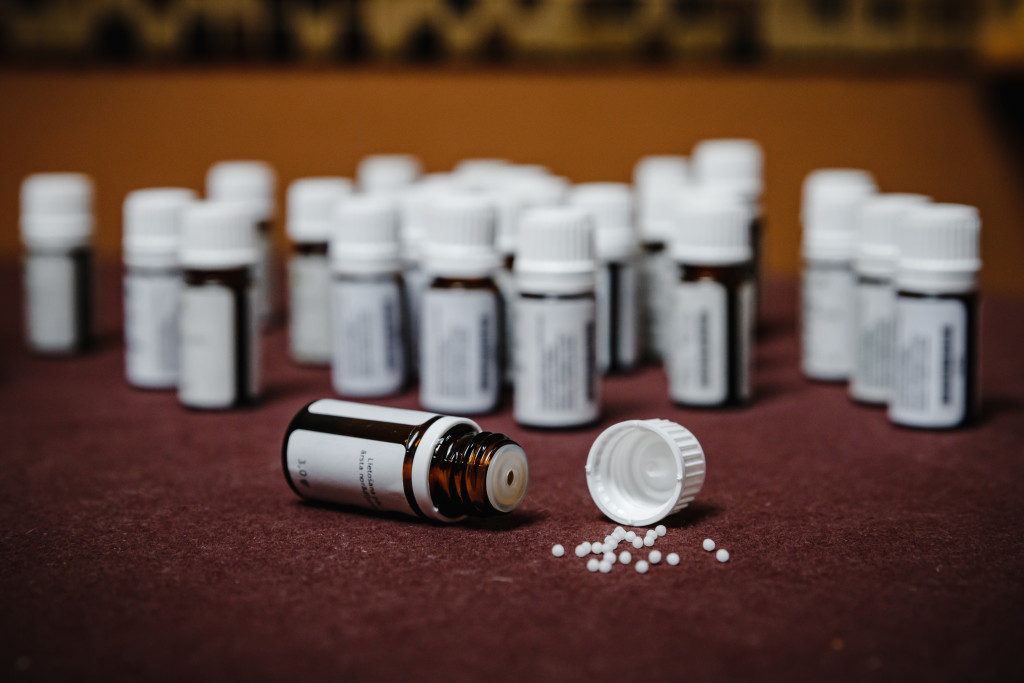Key players: Who are the stakeholders in pharmacovigilance?
- 21/12/2023
Pharmacovigilance (PV) is the art and science of keeping a close eye on the safety of medicines and making efforts to enhance their benefits while minimizing risks. It’s a crucial part of public health, ensuring that medicines deliver the intended positive effects with minimal harm. As the world of pharmaceuticals constantly transforms, getting to know the different people and groups involved in pharmacovigilance is more vital than ever. These stakeholders play distinct roles in ensuring the safety and efficacy of pharmaceutical products. This article will delve into the key players in pharmacovigilance and their contributions to maintaining drug safety.
Regulatory Authorities – Global guardians of pharmacovigilance
Regulatory authorities like the U.S. Food and Drug Administration (FDA) and the European Medicines Agency (EMA) are at the forefront, serving as global guardians of pharmacovigilance. Their role extends beyond setting guidelines and regulations; they meticulously review drug submissions and monitor post-marketing safety data. Therefore, these authorities are the custodians of stringent safety standards, ready to take necessary actions should concerns arise.
Pharmaceutical companies – Partners in the world of pharmacovigilance
Pharmaceutical companies, driving drug development and marketing, are pivotal partners in the pharmacovigilance journey. Their responsibilities include collecting, analyzing, and reporting adverse events linked to their products. Engaged in post-marketing surveillance, they uphold product quality and ensure the seamless communication of safety information to healthcare professionals, patients, and regulatory agencies.
Healthcare Practitioners – Safeguarding health with pharmacovigilance
Healthcare professionals—physicians, nurses, and pharmacists—are frontline defenders in pharmacovigilance. Moreover, their crucial role involves identifying and reporting adverse drug reactions observed in patients. This close interaction positions them as frontline reporters, offering invaluable insights into the real-world safety profile of pharmaceutical products.
Patients – The ultimate focus of every PV effort
In recent years, a growing recognition of patients as key contributors to pharmacovigilance has emerged. As end-users of pharmaceuticals, patients provide unique perspectives on drug safety. Encouraging them to report adverse effects adds a vital layer to pharmacovigilance. Patient advocacy groups further amplify awareness and promote active patient involvement in reporting adverse drug reactions.
Contract Research Organizations (CROs) and Pharmacovigilance service providers – Vital allies in safeguarding health
CROs and pharmacovigilance service providers tailor their offerings to meet the distinct needs of pharmaceutical companies. These entities go beyond providing specialized services; they actively conduct clinical trials, gather safety data, and execute pharmacovigilance activities. It’s not just a service; it’s a partnership that spans the entire lifespan of pharmaceutical products. Furthermore, their expertise and unwavering support are pivotal, ensuring adherence to regulatory requirements and the continual safety of pharmaceutical products.
For example, explore our blog article for insights into the successful collaboration between DrugCards and Ukraine’s pharmaceutical industry leader.
Conclusion
Pharmacovigilance is a symphony, a collaborative effort uniting diverse stakeholders, each with a unique role and responsibility. From regulatory authorities setting stringent standards to patients actively participating in the reporting process, the interconnectedness of these stakeholders ensures a comprehensive approach to drug safety. As pharmacovigilance continues to evolve, fostering effective communication and collaboration among these key players remains paramount to safeguarding public health and maintaining the integrity of the pharmaceutical industry.



